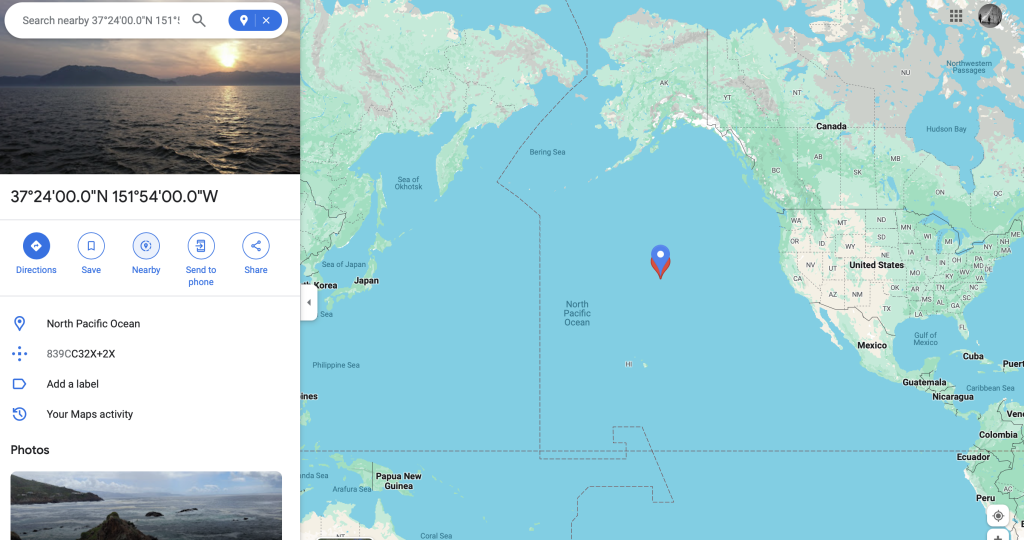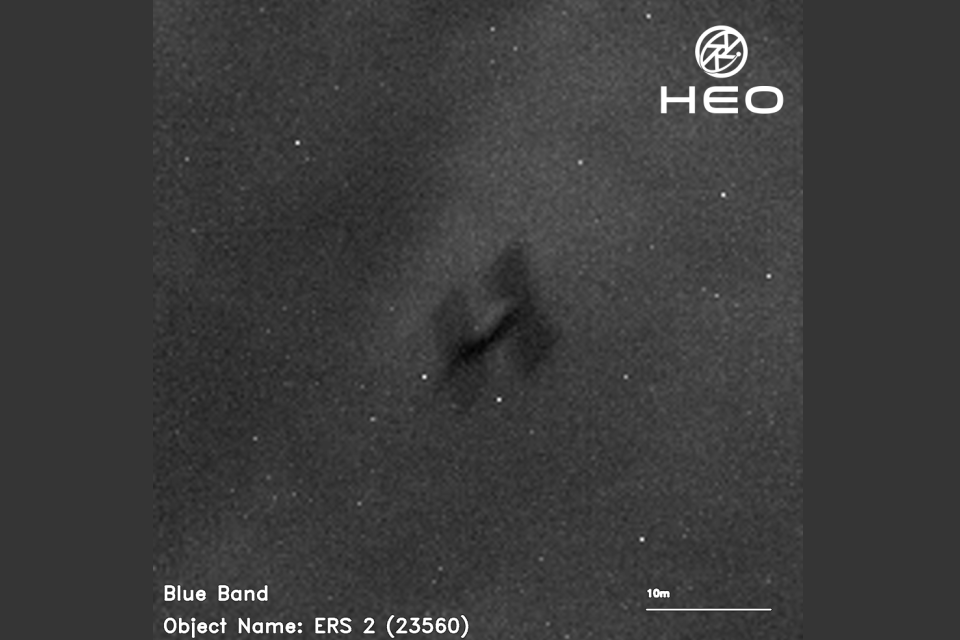[UPDATED] Large Dead ERS-2 Satellite Reenters Earth’s Atmosphere Over Pacific Ocean
8th Feb 2024![[UPDATED] Large Dead ERS-2 Satellite Reenters Earth’s Atmosphere Over Pacific Ocean [UPDATED] Large Dead ERS-2 Satellite Reenters Earth’s Atmosphere Over Pacific Ocean](https://orbitaltoday.com/wp-content/uploads/2024/02/dead-satellite.webp)
A large European satellite, ERS-2, went into Earth’s orbit in April 1995 and concluded its Earth observation mission in September 2011. Now, the satellite is set to reenter Earth’s atmosphere in mid-February.
ERS-2 Reentry: CONFIRMED!
Updated on 21st of February
As of 17:17 UTC (18:17 CET) +/- 1 minute, ESA’s ERS-2 has successfully undergone atmospheric reentry. The event occurred over the North Pacific Ocean, specifically between Alaska and Hawaii. No damage to property has been reported. Further details and analysis will follow shortly. Stay tuned.
Coordinates: 37°24’00.0″N 151°54’00.0″W

ERS-2 Reentry: End of Final Window Reached
Updated on 21st of February
The official ESA Operation account on X (Twitter) confirmed that the final reentry window has concluded, and currently, no new observations of ERS-2 have been reported. Although there is a possibility that the satellite has already been reentered, confirmation is pending validation from the partners.
ERS-2 re-entering the atmosphere
Updated on 18th February, 17:35 UTC
UK Space Agency released images of the European Remote Sensing Satellite (ERS-2) captured from space by HEO – an Australian company with an office in the UK. Other satellite images capture ERS-2 as it completes its journey back to Earth, rotating along the way. These images have been provided to the European Space Agency (ESA).

As the agency lacks control over its reentry, termed a “natural” reentry, the exact timing of ERS-2’s impact on Earth remains uncertain. As the reentry draws nearer, the window of prediction narrows. ESA’s latest estimation suggests a reentry at 12:10 UTC on Wednesday, February 21, 2024 (6:10 a.m. CST), with a margin of error of plus or minus 26.62 hours. ESA continuously updates this timeframe, so please refer to their latest updates for accurate information.
During a press briefing on February 13, ESA stated:
“We estimate that the largest fragment of the satellite that could reach the ground is 115 pounds (52 kg).”

Europe’s Most Advanced Observation Satellite
ERS-2 is the shorthand for the European Space Agency’s (ESA) satellite named European Remote Sensing 2. The FAQ by ESA states that ERS-2 was Europe’s most advanced Earth-observation satellite ever constructed and launched. At the moment of its launch, it had a weight of 5,547 pounds (2,516 kilograms). Presently, devoid of fuel, its weight has reduced to approximately 5,057 pounds (2,294 kg).
Mission Conclusion Preparations
The European Space Agency (ESA) initiated preparations for the conclusion of the ERS-2 mission by conducting 66 engine burns in July and August of 2011. These manoeuvres depleted the satellite’s remaining fuel and decreased its average altitude from 785 km (488 miles) to approximately 573 km (356 miles).
The objective was to significantly minimize the risk of potential collisions with other satellites or space debris. Additionally, this ensured that the satellite’s orbit would decay rapidly enough to facilitate reentry into Earth’s atmosphere within the next 15 years.
When And Where To Expect ERS-2’s Reentry?
Over the course of the last 13 years, ERS-2 has gradually descended. However, it has now reached an altitude where atmospheric drag is causing a relatively rapid decline, and this process is expected to intensify in the upcoming days. It’s important to note that this descent is uncontrolled, as ERS-2 is depleted of fuel and incapable of executing any further engine burns.
Forecasting the precise location and timing of ERS-2’s reentry into the Earth’s atmosphere is currently premature. However, there is a high likelihood that the event will occur over the ocean, given that approximately 70% of the Earth’s surface is covered by water.
Another Piece Of Space Debris?
According to ESA officials, objects of similar mass reenter Earth’s atmosphere on an average frequency of every week or two. As such, ERS-2 will not significantly contribute to space pollution.
Will The Particles Of The Satellite Be Toxic To People?
The satellite is expected to disintegrate when it reaches an altitude of approximately 50 miles (80 km). Subsequently, the majority of the resulting fragments are anticipated to burn up upon reentry into the atmosphere. Importantly, these fragments are reported to contain no toxic or radioactive substances.
Is There a Likelihood For People To Get Hit By Pieces Of ERS-2?
The likelihood of being struck by any fragment, including those from ERS-2, or any other space debris is extremely low. The annual risk of an individual sustaining an injury from space debris is less than 1 in 100 billion. This risk is approximately 65,000 times lower than the probability of being struck by lightning.






Thank you for your comment! It will be visible on the site after moderation.